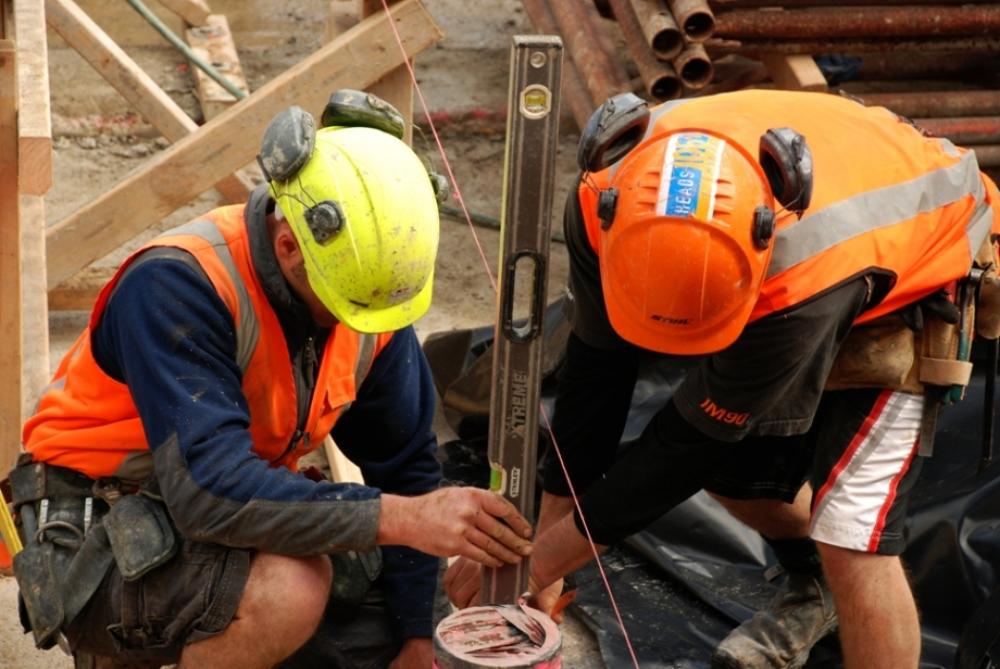
A COVID-19 related policy change earlier this year saw Kainga Ora begin to accept surety-backed bonds rather than just bank-backed ones. This has great benefits for contractors and accelerates a trend seen across the market towards bonds in lieu of retentions.
If you tender for a decent sized contract the chances are it will require retentions. Avoid this if you can. A bond is a safe, cost effective alternative.
Retentions are a way for the head contractor or principal to ensure sub-contractors will return to fix defects. They keep a portion of your money and only release it once the defects period ends. In some cases this could be years after you have finished your work! Retention bonds are increasing in popularity as an alternative.
What is a bond?
A bond is a guarantee from a third party that if a company fails to deliver on its contractual obligations the bond provider (called a guarantor or surety) will pay instead. It reduces the risks for contracting parties, because they know that if something happens they won’t be left in the lurch.
There are three parties involved in a bond: the contractor (the bond principal), their client (the beneficiary or obligee) and the surety provider.
Are they like insurance?
They are similar in that the bond helps reduce risk if an unanticipated event happens. However, they are different because unlike insurance the contractor is always expected to pay back the surety if a bond is called on. An insurer won’t ask you to pay back their costs if they cover a claim under your policy. Bonds are more like a mortgage, in that they require security and you will be expected to pay it back if the bond is called on.
What kinds of bonds are there?
There are many types of bonds, from bail bonds to house deposit bonds to training bonds. In the world of contracting there are 5 main types:
- Bid bonds – these make sure a contractor puts in a serious bid. If they win the tender but pull out later the bond can be called on to make up difference between their price and the next successful bidder.
- Performance bonds – these guarantee that the contractor will perform their contract. If they fail to do so the principal can use the bond to cover the costs of engaging a replacement contractor.
- Payment bonds – these guarantee that the principal will pay the contractor. If they fail to do so the contractor can call on the bond to get paid for their work.
- Retention bonds – these replace retentions and guarantee that the contractor will return to fix defects. If they fail to do so the principal can use the bond to get them fixed by another contractor.
- Advance payment bonds – these ensure that if a contractor defaults on payment for components they have ordered the supplier or manufacturer won’t be out of pocket.
What’s involved?
If you need to provide a bond there are a few things to know:
- The bond wording is usually supplied in the contract. If not, the bond surety can supply one, but it must be acceptable to all three parties.
- You need to be pre-approved by the bond surety. The want to make sure that the company they are providing bonds on behalf of is a good risk. Among other things this involves an assessment of the company’s financial solvency and equity, experience and company structure, previous contracts and bonds issued. Once approved you can apply for bonds as required.
- You will need to provide some form of security for the bond. This is just the same as when you take out a loan or open a credit account with a merchant. The security is typically in the form of a corporate indemnity and/or personal guarantee from the directors. It could also be a charge over physical assets such as buildings or vehicles.
I have my bond, now what?
Simple, you supply it to your customer. If they need to call on it for any reason they will do so directly with the bond surety. If they don’t need to use it the bond will expire on the date shown.
On demand or conditional?
Bonds work in two different ways:
- With an on-demand bond the surety will pay up, usually within 48 hours, with no proof of default required. They will seek recovery from the principal later.
- With a conditional bond the default must be proved before the surety will release the funds. For example, the engineer to the works certifying a default, even to the extent of an arbitration or court judgement being needed first.
What are the benefits?
If you can supply a bond it shows potential customers that you have been assessed as a good risk and have your sh*t together. It says you must be a substantial player with a good financial base and organisation for a bond surety to be prepared to work with you. A good surety-principal relationship is a partnership, with the surety providing support and expertise (and another set of financial eyes) to help their client maintain a financially healthy business.
If you are the beneficiary of a bond it means you have additional financial security that you can call on if there is a problem.
If you provide a bond in lieu of retentions it means your money isn’t at risk in the principal/head contractor’s bank account rather than your own. It improves cashflow too, as you can use that money rather than having to wait for it to be released sometime down the track.
If you provide a surety bond rather than a bank bond you are also freeing up cash, as a surety bond can be backed by other forms of security, rather than having to reserve cash in an account or paying interest on an overdraft you can’t use.
In a nutshell
Well established overseas, bonds are increasing in popularity in New Zealand, and this is true for small contracts as well as big ones. Bonds provide additional security to all parties to a construction contract as they can reduce the risk of one party failing to meet their obligations to another. With a little bit of effort any well performing contractor can get access to bonds.
Partnering with a bond surety is a good way to signal to potential clients that your business is financially secure, operates professionally and that you will be a reliable partner for the contract.


